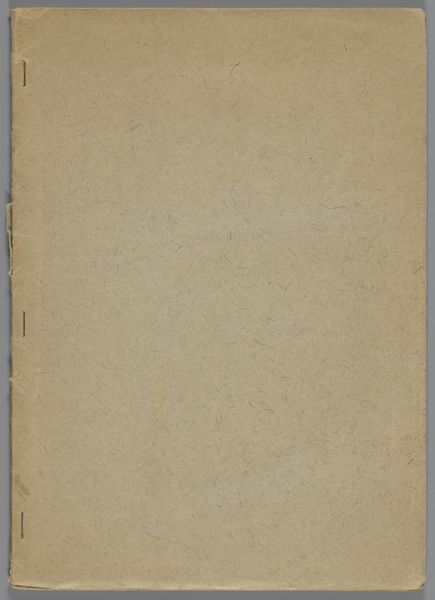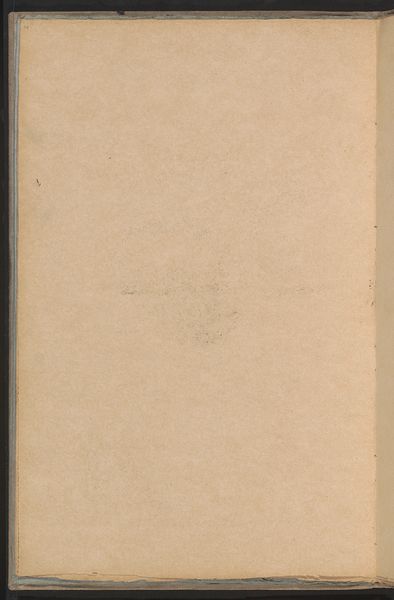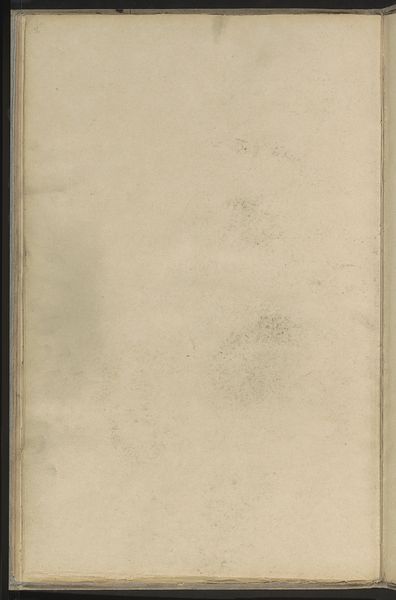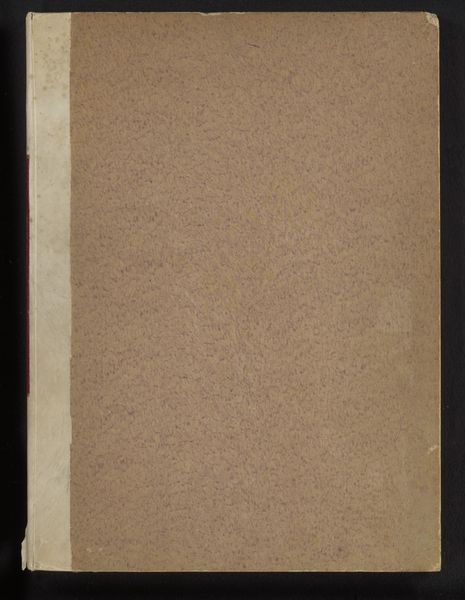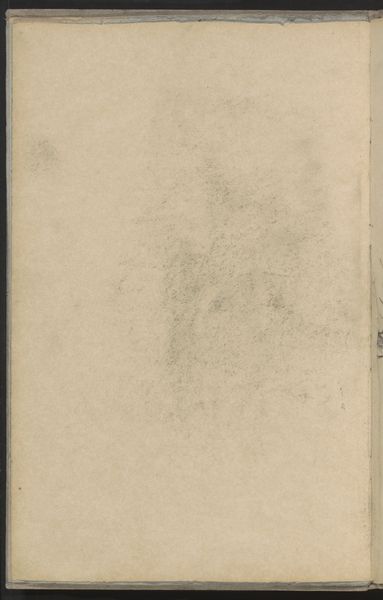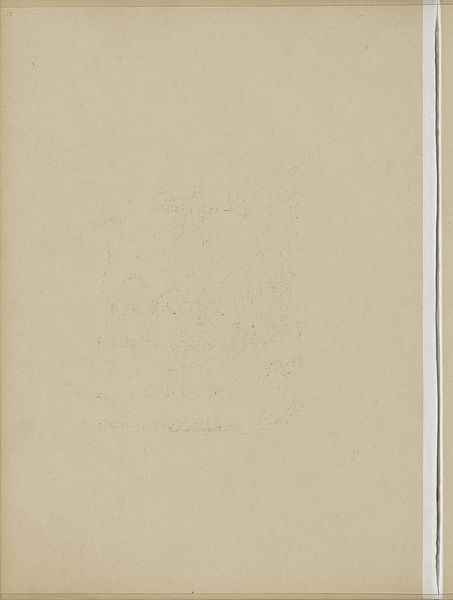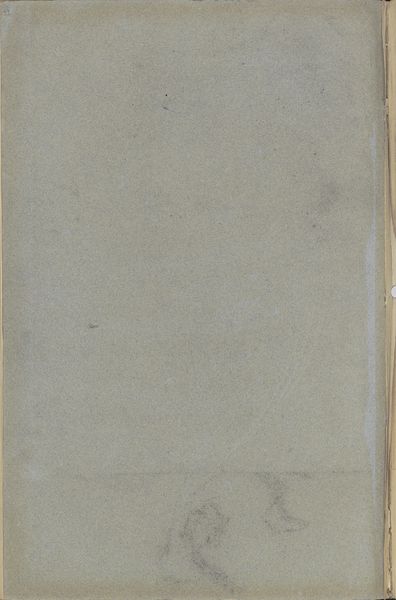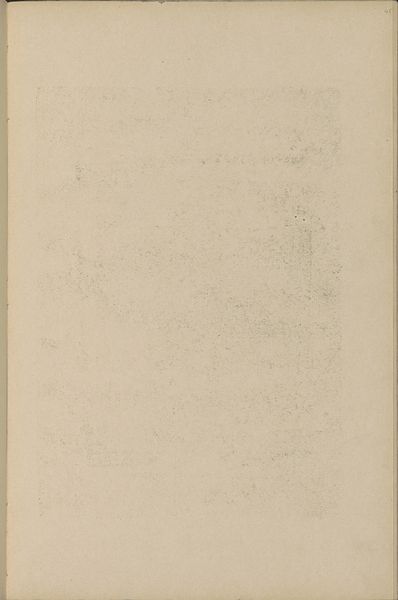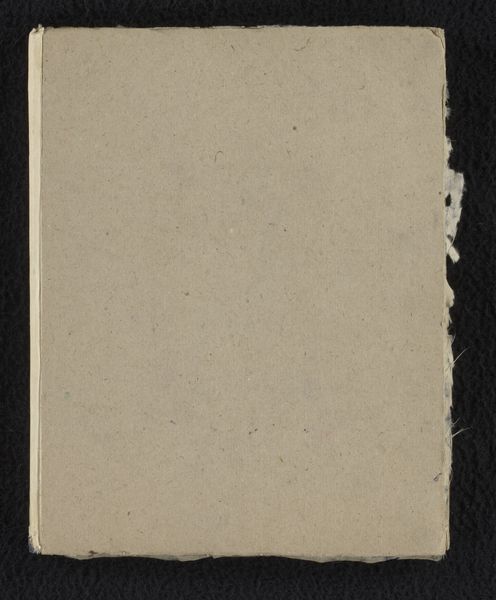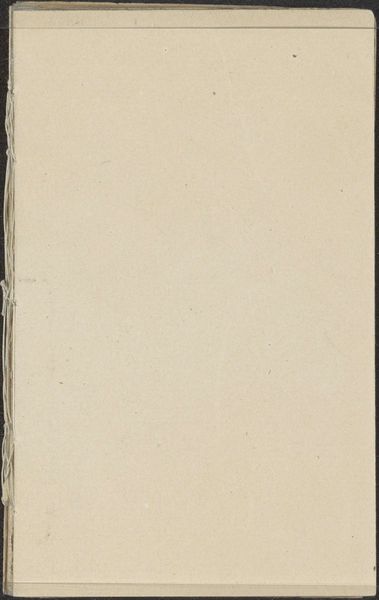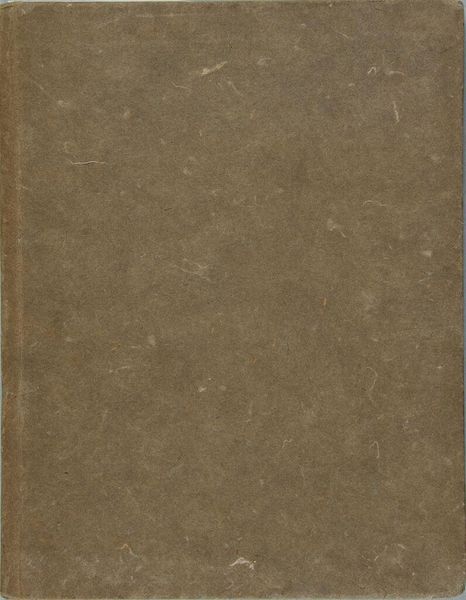
graphic-art, print, paper
#
graphic-art
# print
#
paper
Copyright: National Gallery of Art: CC0 1.0
This cover design was made by Pierre Roche, who lived in France during a period of rapid social and technological change. The phrase ‘Trois Gypsographies’ tells us it was made for a portfolio of prints made from plaster. But why plaster? During the late 19th century, materials like plaster and photography offered artists new ways to create images democratically, as alternatives to the traditional art institutions of painting and sculpture. Gypsography was a technique that allowed for the creation of multiple original prints. Roche was involved in debates around the role of art in society, particularly its power to represent everyday life and challenge academic conventions. The use of plaster can be seen as a deliberate choice to align with these progressive artistic ideals. Understanding art like this requires looking beyond its surface. By researching the artist's context and the materials they used, we can uncover the social and cultural values embedded within it.
Comments
No comments
Be the first to comment and join the conversation on the ultimate creative platform.
